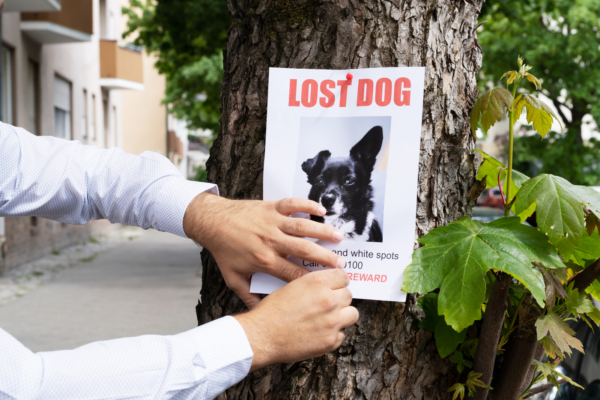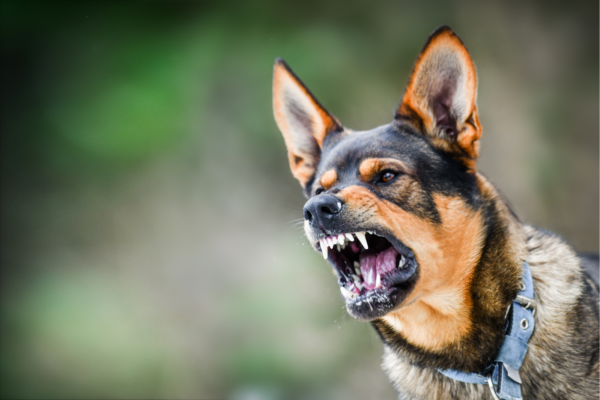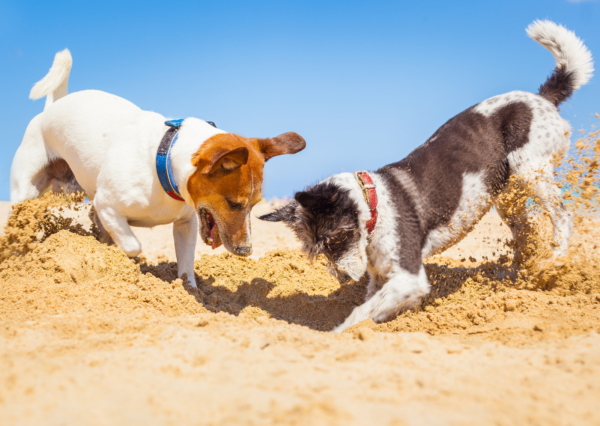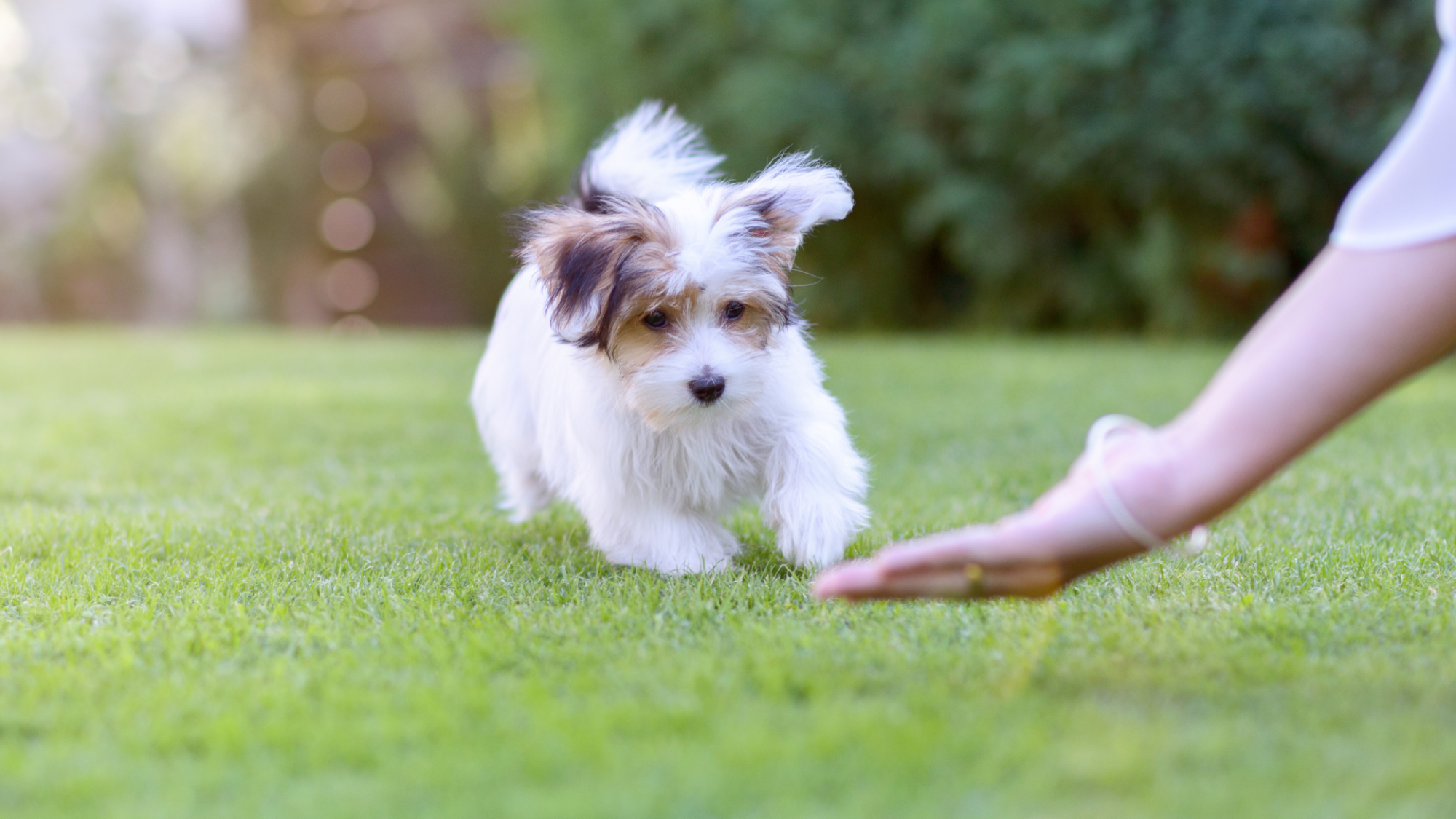Can your learner get fluency, in “off cue” behaviors?
For me, off-cue behaviors are the foundation of my entire training. Being proficient in those behaviors makes it possible to accomplish various advanced tasks. Therefore, having reliable off-cue behaviors forms the basis for everything I teach my learners.
“Advanced training is the basics done really well.”
Ken Ramirez
Ken Ramirez mentioned this at a recent ClickerExpo, and I wholeheartedly agree with him. Albert Einstein once said, “Any intelligent fool can make things bigger and more complex… It takes a touch of genius – and a lot of courage – to move in the opposite direction.” Let’s simplify things and remember that it all boils down to behavior!
When I begin working with a new learner, my main focus are getting them to actively participate in the training session by offering behavior and developing fluency. Until I have achieved those objectives, I don’t do much else. This foundation applies to my competition training, husbandry sessions, and all aspects of the learner’s life.
What is this “off-cue” concept?
We can agree that there is always a cue that prompts a learner to perform a behavior. It could be the presence of specific training equipment, the teacher’s positioning, or even the clothes the teacher is wearing. Thus, we can never say that a behavior has no cue at all. The contingencies in which the behavior occurs can be just as much of a cue as anything else. As Susan G. Friedman states,
“There is never just behavior” and “behavior doesn’t exist in a vacuum.”
Susan G. Friedman
The cues or antecedents may be subtle and challenging for us to perceive, but there is always something that initiates the behavior. Otherwise, behaviors would occur spontaneously, and I believe very few dogs start offering behaviors such as “down” or “sit” when they are home alone. So, to clarify, there are always cues, but we can strive for cleanliness without excessive use of our arms, legs, or other physical cues.
When I mention “off-cue,” I am referring to expecting the dog to perform behaviors and actively participate in training without relying heavily on the handler’s cues. This means conducting lessons as cleanly as possible, avoiding verbal cues (until the behaviors have stimulus control) and minimizing body cues or luring. “Off-cue” signifies that the dog offers behaviors without obvious verbal or visual cues from the handler whenever feasible.
But why “off-cue” training?
When we introduce a new behavior to our learners, it would be illogical to provide the cue right away. The learner doesn’t yet understand what it means, and there is a high risk of us giving the cue, but the learner doesn’t respond with the desired behavior. Thus, until the behaviors are perfected, I refrain from adding the cue. I want to ensure that my cue signifies the exact behavior I envision, rather than something similar.
For instance, if my goal is to have a precise fold back down with my dog, I will practice it off cue until the behavior reaches a high level of fluency. Only then will I introduce the cue? This approach ensures that the cue means “fold back down in one movement” rather than “lie down in some way.”
Off-cue training sessions provide opportunities to refine behaviors without jeopardizing our cues, helping us maintain clean cues when we eventually add them. Furthermore, they build a substantial behavior library for the learner, making it easier for them to navigate new situations.
Let’s address achieving fluency
When I mention fluency, I’m referring to the fluid combination of accuracy and speed that characterizes competent performance, as defined by Binder (1996). Each repetition of the behaviors should look the same and be performed at the highest possible speed for the learner. However, it’s important to note that fluency does not mean all behaviors will look the same across different individuals.
A border collie and a mastiff performing the same behavior will exhibit different styles and rates. Competent, in this context, is defined as having the necessary ability, knowledge, or skill to successfully perform a behavior. Therefore, fluency can be understood as the successful action of performing a behavior with both speed and accuracy.
How do we achieve fluency?
There are three important factors to consider:
- Divide it: Split the behaviors into smaller parts that make sense and practice each part to perfection before moving on. This approach is more cost-effective and time-efficient compared to a broad accuracy-based curriculum that lacks focused practice in achieving fluency.
- Many repetitions: To develop fluency, we need to repeat the behaviors multiple times. It’s crucial to have numerous repetitions within a short period, where the behavior is reinforced. Fluency doesn’t come from doing one repetition per day over an extended period; instead, it comes from doing many repetitions in a short time.
Starting with a high volume of repetitions right from the beginning is not advisable, as the learner is unfamiliar with the behavior. It’s better to teach the correct muscle movements first and gradually increase speed. It’s better to go slow and steady than fast and frantic. - Keep training: Continual training is crucial for building fluent behaviors. Even when the behaviors are excellent, we must continue training to ensure the learner can perform them in more challenging situations than we’ll likely encounter. Teaching involves not only producing new behavior but also changing the likelihood that a student will respond in a particular way.
Since we cannot directly observe likelihood, we instead look at the frequency with which a student performs a behavior. The student who consistently performs tasks at a higher rate is said to have better knowledge of those tasks than one who performs them at a lower rate.
As I build the behaviors, I typically test and assess fluency progress every other week. This helps me track progress or identify any areas that require additional work. If you’d like to join me in working with “off-cue” behaviors, be prepared to work on numerous behaviors, but don’t get discouraged. We start step by step as if we were cleaning an elephant with a toothbrush. 🙂
See also other posts:
June 30, 2023

Get Your Lost Dog Back Home Quickly: Follow These 12 Tips for Success
Vacations favor more frequent and longer walks with our furry friends. We travel, visit new places. Summer makes us loosen our brakes and allow our…
June 30, 2023

Managing Aggressive Dog Behavior: Tips for Peaceful Living
Living with an aggressive dog may seem challenging, but it can be peaceful and manageable with the right approach. One key aspect is to remain…
June 30, 2023

Unlocking the Secret to Successful Puppy Socialization: Quality over Quantity
Today, although the topic is very important, I will keep it brief. Socialization is a topic that could fill books or scientific papers. However, today…

